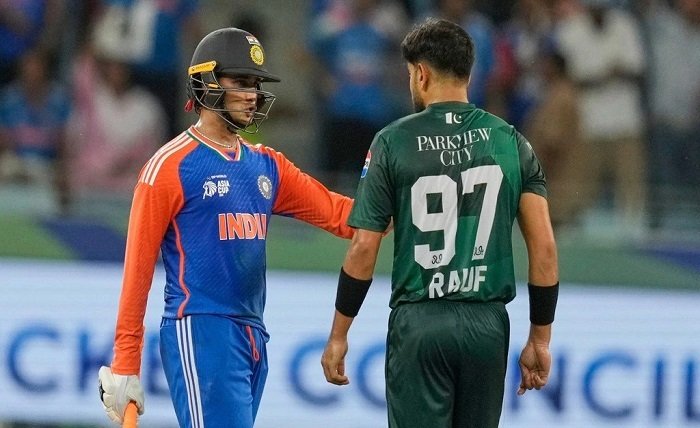Heavy rain, sticky heat, and sudden wind shifts do more than change swing – they also mess with home networks and cell towers. That’s why match nights fall apart right when the chase starts: a router drops, “auto” quality thrashes, and a phone overheats as humidity climbs. The fix is calm and repeatable. Choose one reliable source, set quality for the link that truly exists, and prepare power, data, and delay the way a coach sets a field – on purpose. This guide is built for readers who check the forecast and still want the game to feel smooth. Follow the steps once, and even a monsoon can’t steal the night.
Pick the right stream before the clouds gather
Weather raises noise across the board – busy cells, wet cables, jitter from wind and power dips. That turns sketchy sources into sinkholes. Treat the address bar like a scoreboard: the brand must be traceable, the padlock must be present, and no page should ask for contacts, SMS, or a mystery “codec.” Reliable platforms show fixtures in plain language and let support open without detours. Keep one browser profile for watching only – logged into nothing, pop-ups off – so the player runs light. Update the app earlier in the day, not at toss, because forced patches often land right when towers are most congested.
A fast way to organize the evening is to sketch fixtures first, then confirm the stream on the service that will actually carry the match. During prep, it helps to scan desi cricket live as a clean index to map labels for live vs upcoming, then return to the trusted app and verify the exact domain. Pair that with two alarms – one 24 hours before for updates, one 20 minutes before for an audio check – and the start becomes routine rather than a rush. That small buffer protects against last-minute mirror links that appear when rain delays spike traffic and attention slips.
Set video to the weather, not the brochure
Storms raise packet loss and jitter, so “auto” quality swings at the worst time. Lock a stable setting instead of chasing bitrates – 480p on shaky 4G during a downpour, 720p when towers calm down, and a single bump higher only on strong home Wi-Fi. Hold brightness steady to keep heat down; big jumps force the chipset to throttle. Expect around a gigabyte per hour at 720p and several at 1080p depending on frame rate, so add a monthly data warning before a doubleheader sneaks past the plan. If a “low-latency” toggle exists, test it on a quiet day and pick the fastest stable level; razor-thin buffers feel quick until a gust hits the tower and the player drops frames right as a slower ball fools the set batter.
Keep power and devices calm when humidity climbs
Moist air and heat expose weak batteries and messy background apps. Treat the phone like a piece of match gear – ready and light. Charge to the high eighties before first ball to avoid thermal spikes, close other video apps, and cap background refresh so cloud sync does not steal bandwidth at the worst moment. Earbuds lower speaker load and help the phone stay cool during long spells. If the app stores payment data, lock it behind a screen lock and biometrics. For long nights, rest the phone on a firm, cool surface – soft cushions trap heat and trigger throttling. Store the last stable build in a labeled folder so there’s a one-tap rollback if a fresh release stutters mid-innings. Small moves like these stop mid-over freezes that look like “bad luck” but are really heat and power management gone wrong.
Group chats, spoilers, and rain breaks without chaos
Delay differences widen when networks are stressed. If friends watch together, choose one platform across the room and re-align at the first ad break with a simple three-count pause-and-play. Sit the main screen near the router or use a basic Ethernet adapter so a thunderstorm doesn’t turn a replay into a slideshow. Mute live-score push alerts and social banners until the last ball – those often arrive ahead of video and spoil tense finishes. If one feed still leads by a second or two, nudge its buffer up a notch or add a tiny pause at the next break. Clear commentary helps more than people expect in rough weather; a steady audio bed carries everyone through micro-dips in picture without missing the field change that sets up a top-edge to deep square.
When the sky clears, keep the routine
Good match nights look boring on paper – and that’s the point. Source first, settings once, and a short checklist that survives wind, rain, and heat: verify the domain, update early, lock quality, cap background refresh, and set those two alarms. Close the player from inside the app after stumps, clear recent apps, and jot the recipe that worked – device, version, network, and quality – so the next fixture starts without guesswork. Weather will keep testing towers and tempers; a calm process makes that someone else’s problem. With the plan in place, the stream holds its line, the phone stays cool, and focus returns to the cricket – swing under lights, pace off the surface, and the kind of sharp field craft that wins the night.
